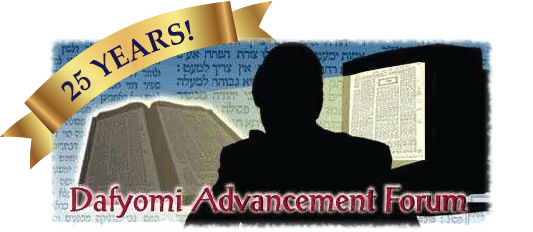Why does it say "Nikhalu (plural) v'Amod (singular)?
Vilna Gaon: This shows that there was absolute unity [among the Jews].
Why did they need to stand "Al Nafsham"? "v'Ish Lo Amad Bifneihem" (2)?
Vilna Gaon: [They did not know that no one will stand against them. They were concerned] lest the enemies come against them.
Malbim: Verse 2 discusses walled cities, in which were officers and the king's army. They were a shield for the Jews, and no one stood against them. There, they did not need to fight. Here discusses in the open cities and villages. There were no officers or army there. There, their enemies fought them. The Jews fought them, overpowered and killed them. In walled cities 1 , they did only ki'Rtzonam (belittled them and lowered them - Malbim 5).
Shushan is an exception. (PF)
What is the meaning of "v'No'ach me'Oyveihem"?
Vilna Gaon: They did not come [against the Jews] at all; they went away.
Why does it say "v'Harog b'Son'eihem"?
Vilna Gaon: The Oyvim did not come. Therefore, they killed Son'eihem 1 .
If the edict was only to kill Oyveihem, how were they permitted to kill Son'eihem? Perhaps indeed, they were not; Hashem caused that the king did not object, just like he never objected that Mordechai hid Esther, instead of bringing her. (PF)




